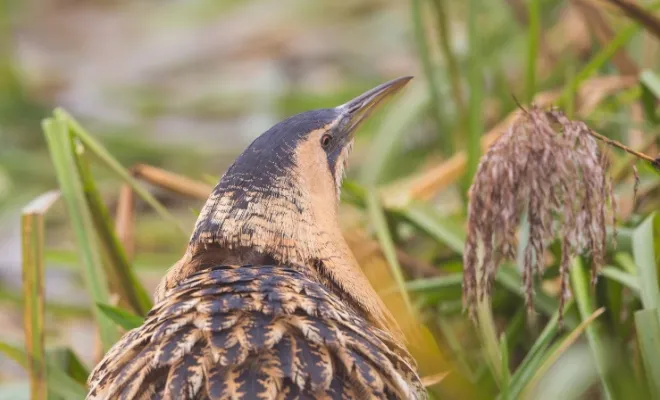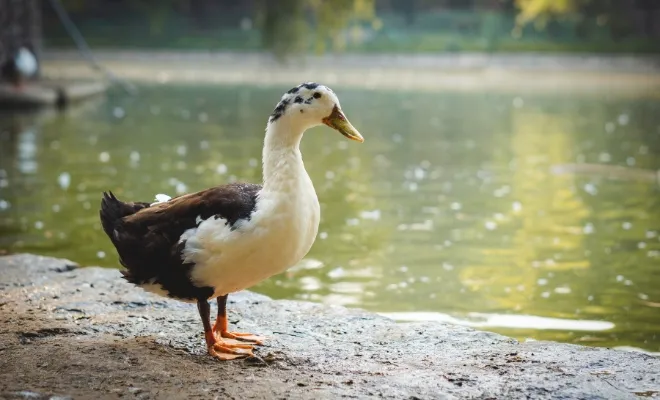19 Unique Heritage Chicken Breeds You Should Know

Raising heritage chickens is a rewarding experience for homesteaders. These historic breeds, dating back centuries, offer a blend of hardiness, adaptability, and rich flavor.
I’ve listed 19 heritage chickens you may never heard of their names before. Among all, I am personally fond of Rhode Island Red, Plymouth Rock, and Sussex chickens. It’s because of the classic heritage valued for their high egg production and meat quality, suitable for various climates. Besides, you’ll have Orpington, Australorp, Wyandotte, Delaware, and Buff Brahma, and more!
Curious about these chickens? Let’s dive in to learn about these historical heritage chicken breeds in detail!
Table of Contents
19 Heritage Chicken Breeds for the Homestead
Heritage chicken breeds are prized by homesteaders for their rich history, hardiness, and adaptability. These breeds have been around for centuries, carefully preserved and passed down through generations.
Unlike commercial hybrids, heritage chickens are not bred for maximum egg or meat production at the expense of other traits. Instead, they have retained their natural behaviors, foraging abilities, and resilience.
1. Rhode Island Red
Developed in the late 19th century, this iconic breed is known for its deep reddish-brown plumage and exceptional egg-laying abilities.
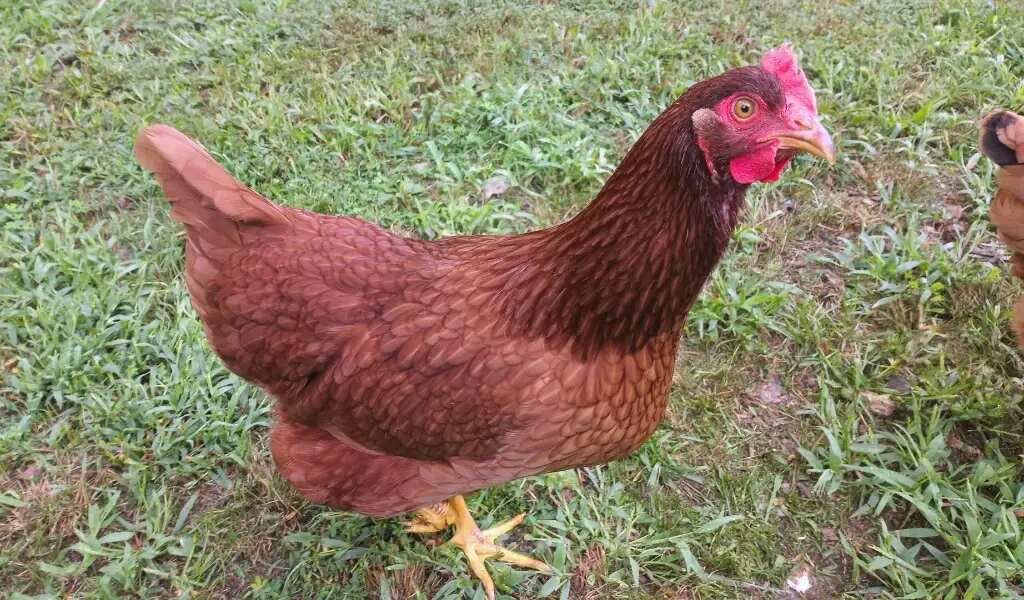
Rhode Island Reds are hardy, low-maintenance, and thrive in both warm and cool climates. They are excellent foragers and produce large, brown eggs consistently.
2. Plymouth Rock
One of the oldest American breeds, Plymouth Rocks was developed in the 19th century. It’s a dual purpose for both eggs and meat.
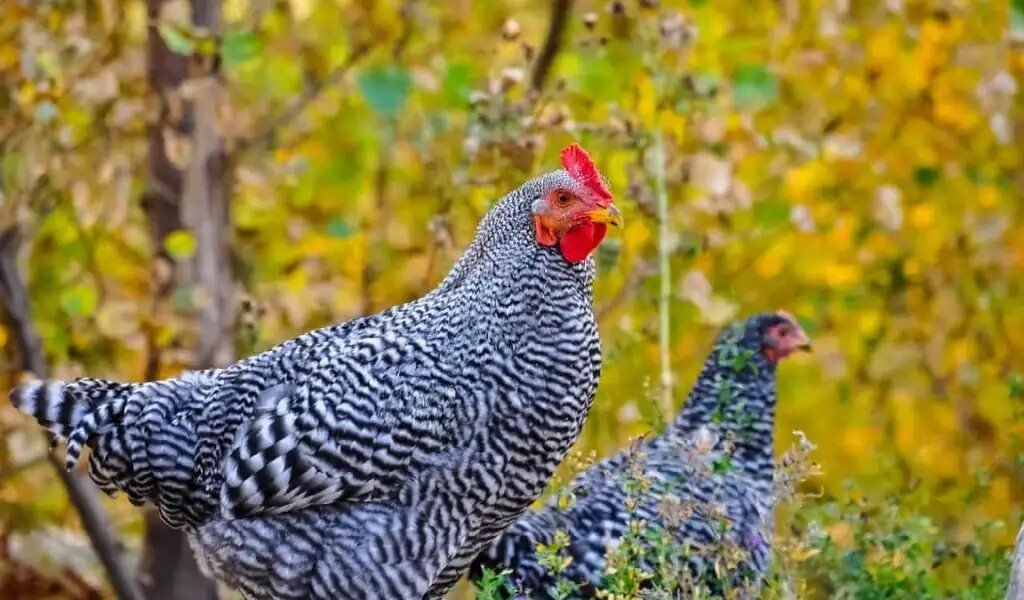
The breed is hardy, docile, and excellent mothers, making them great for homesteaders who want to hatch their chicks. Plymouth Rocks come in several color varieties, including Barred, White, and Buff.
3. Sussex

Originating in England, Sussex chickens are prized for their beautiful plumage, calm temperament, and excellent foraging abilities. They are good egg layers and make excellent meat birds. Sussex chickens come in several color varieties, including Speckled, Light, and Red.
4. Orpington
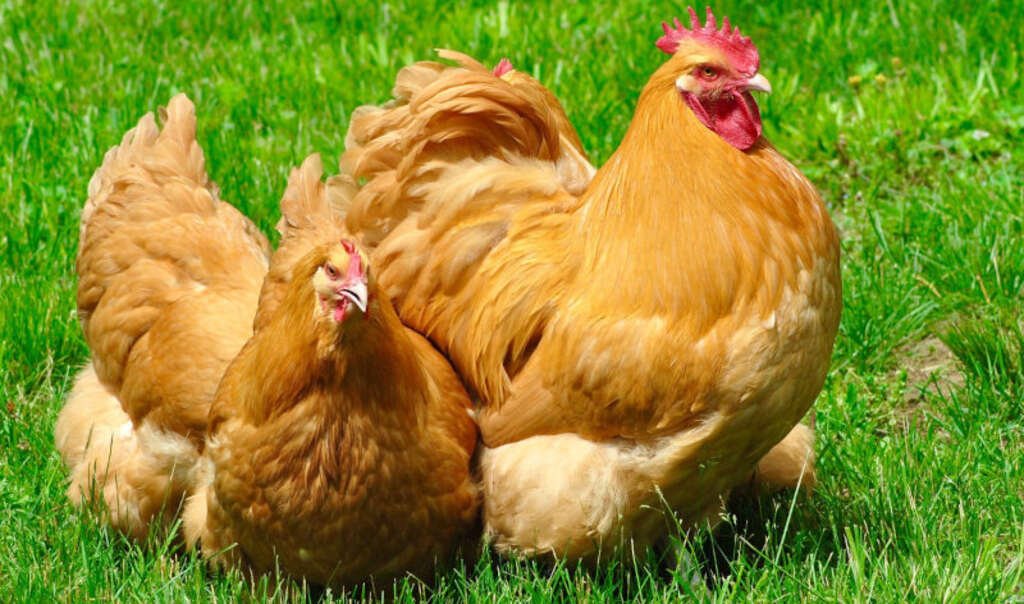
Now comes the Orpington chickens which were developed in England in the late 19th century.
Orpingtons are large, docile birds known for their excellent winter hardiness and brooding instincts. They are dual-purpose chickens, producing a good quantity of large, brown eggs and providing flavorful meat. Orpingtons come in various colors, including Buff, Black, and Blue.
5. Australorp
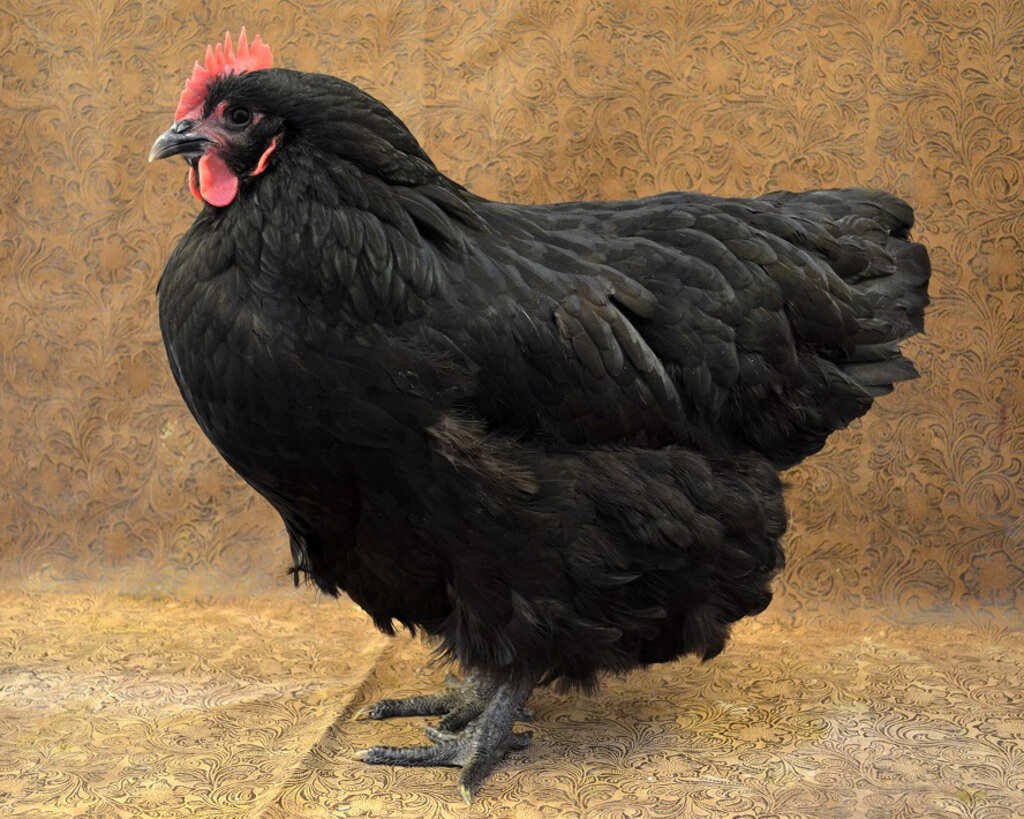
Developed in Australia in the late 19th century, Australorps are hardy, efficient egg layers known for their solid black plumage with a distinctive green sheen. They are docile, adaptable to various climates, and make excellent foragers on the homestead.
6. Wyandotte
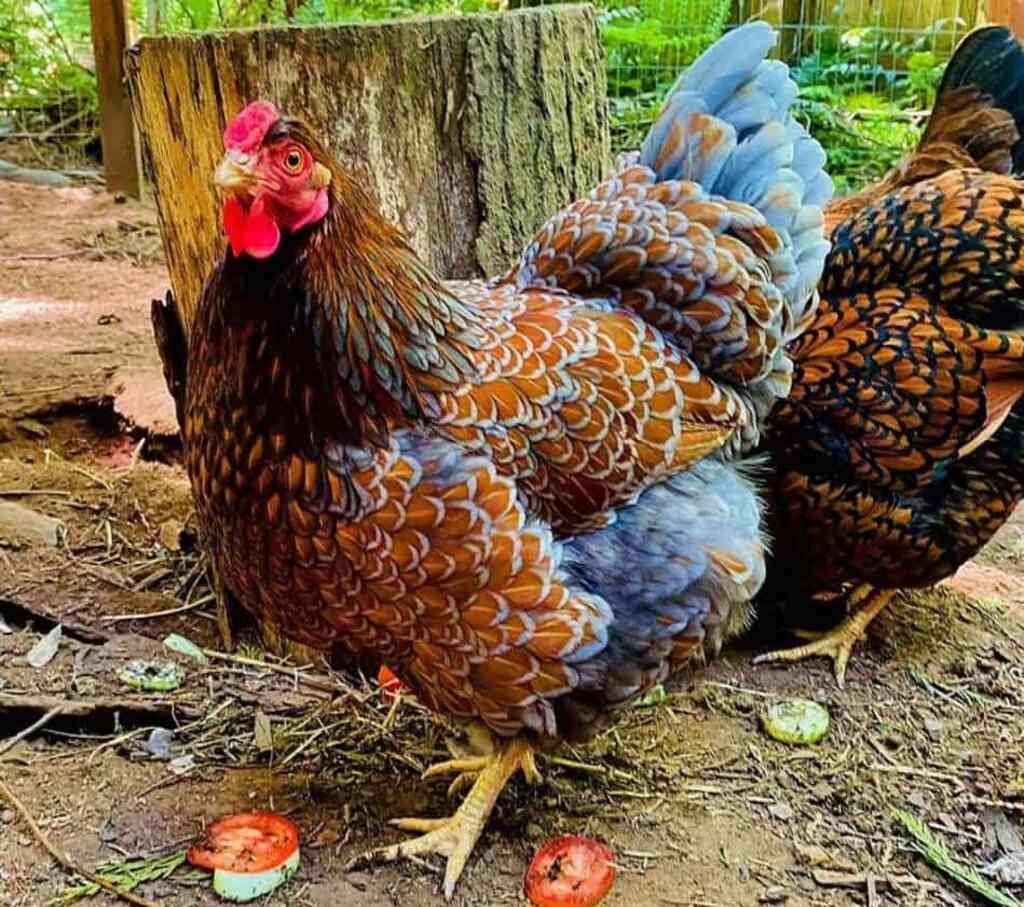
Named after a Native American tribe, Wyandottes are compact, dual-purpose chickens with distinctive rose combs. They are hardy, docile, and have excellent egg layers, producing large, brown eggs. Wyandottes come in various color patterns, including Silver Laced, Golden Laced, and Partridge.
Related Reads:
- Silver-Laced Wyandotte Chicken Breed
- All About Golden-Laced Wyandotte Chicken Breed
- Discover the Blue-Laced Golden Wyandotte Chicken
7. Jersey Giant
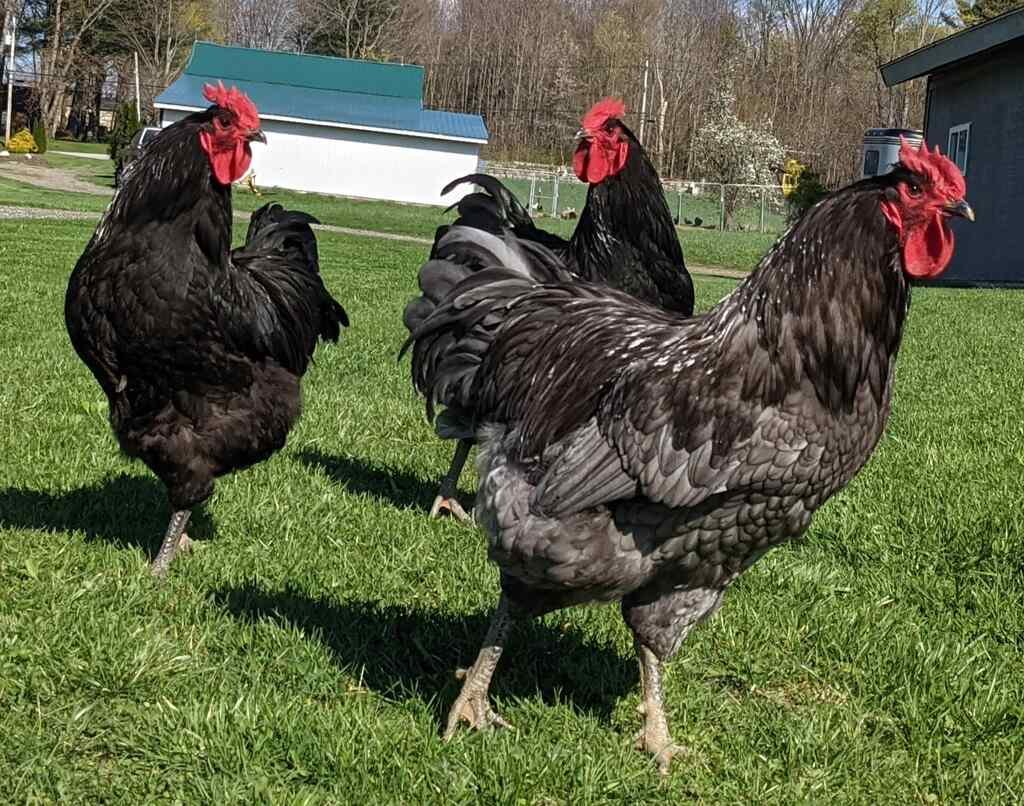
As the name suggests, Jersey Giants are massive birds, originally bred in New Jersey in the late 19th century as excellent meat producers. They are docile, hardy, and excellent foragers, making them ideal for free-range homesteading environments.
However, Jersey Giants are the largest heritage chicken breed you may ever see!
8. Delaware
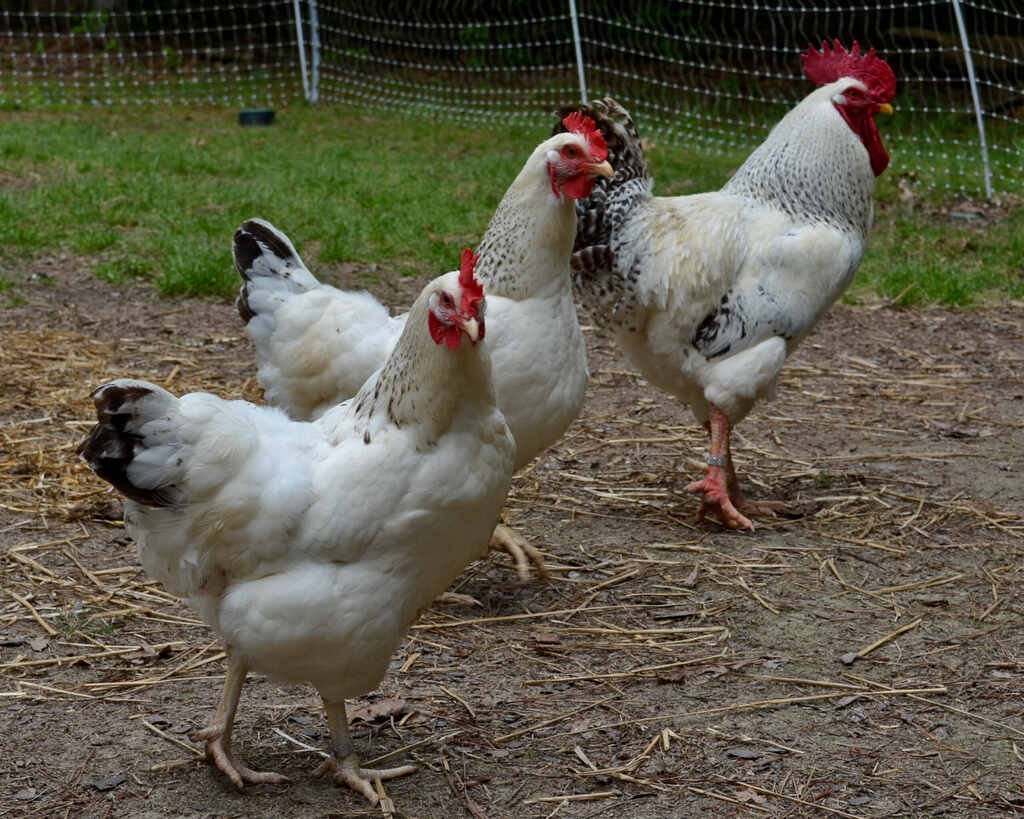
Developed in the early 20th century, Delaware chickens are known for their unique plumage color, which ranges from rich chestnut to light gray. They are hardy, adaptable, and have good egg layers, producing large, brown eggs.
9. Buff Brahma
Buff Brahmas are large, feather-legged birds known for their docile temperament and excellent brooding abilities.

The chicken breed originated in the United States in the mid-19th century. They are dual-purpose chickens, providing both meat and a good supply of large, brown eggs.
10. Welsummer
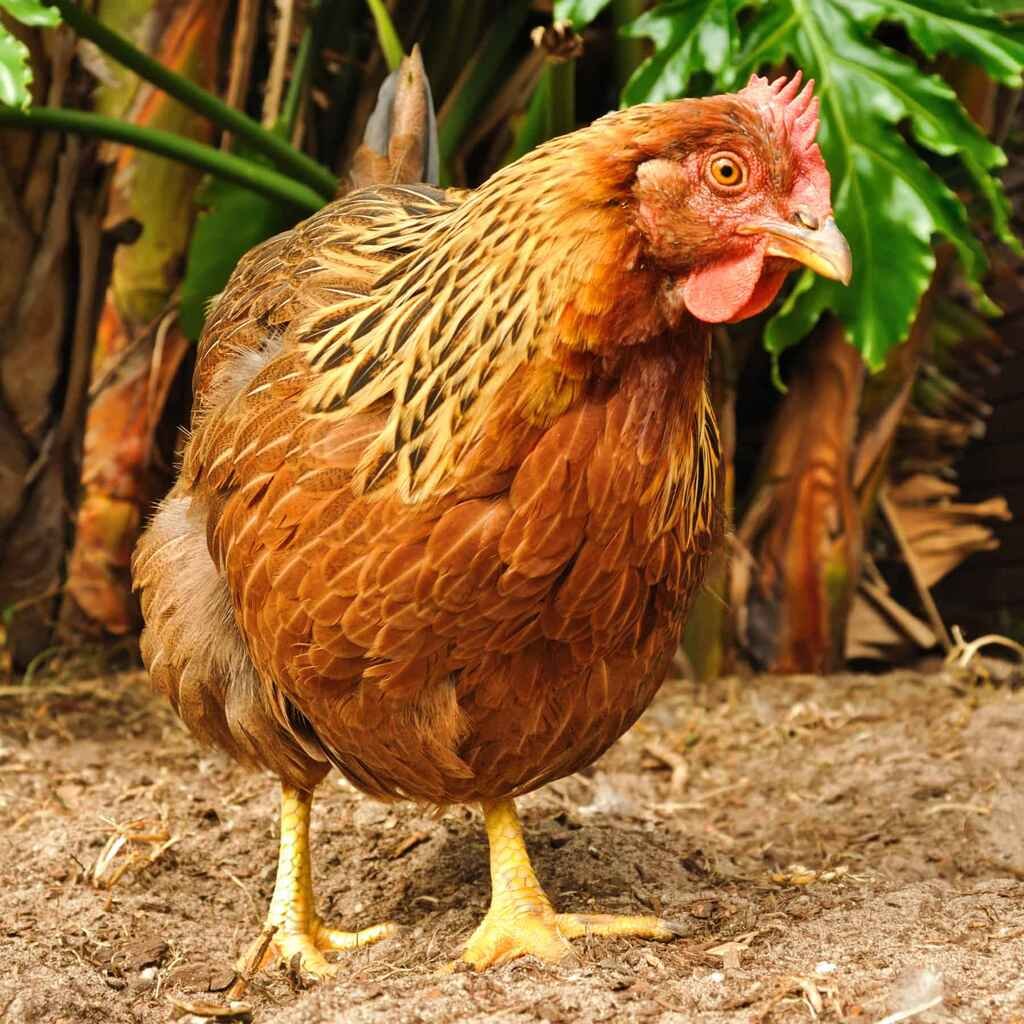
Developed in the Netherlands, Welsummers are distinctive birds with their terracotta-colored eggs and patterned, partridge-like plumage. They are hardy, active foragers, and good egg layers, making them a unique addition to any homestead flock.
11. Dominique
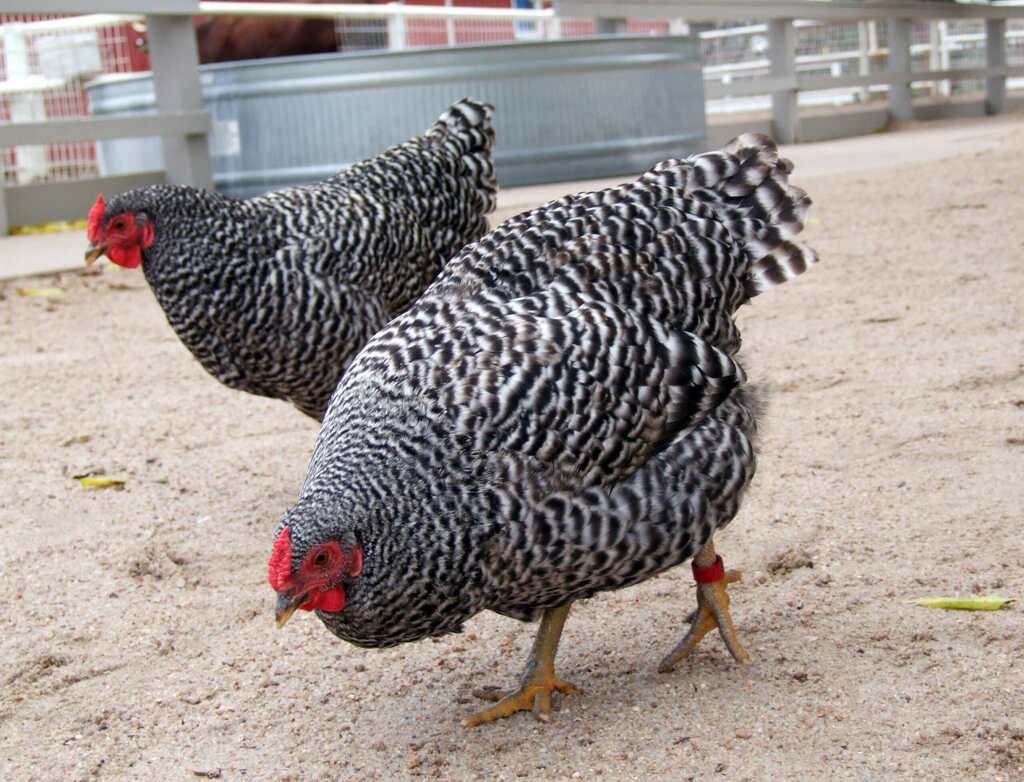
One of the oldest American breeds! Dominiques were developed in the 17th century and played a crucial role in the early poultry industry. They are hardy, gentle birds known for their distinctive barred plumage and good egg-laying abilities.
12. Ancona
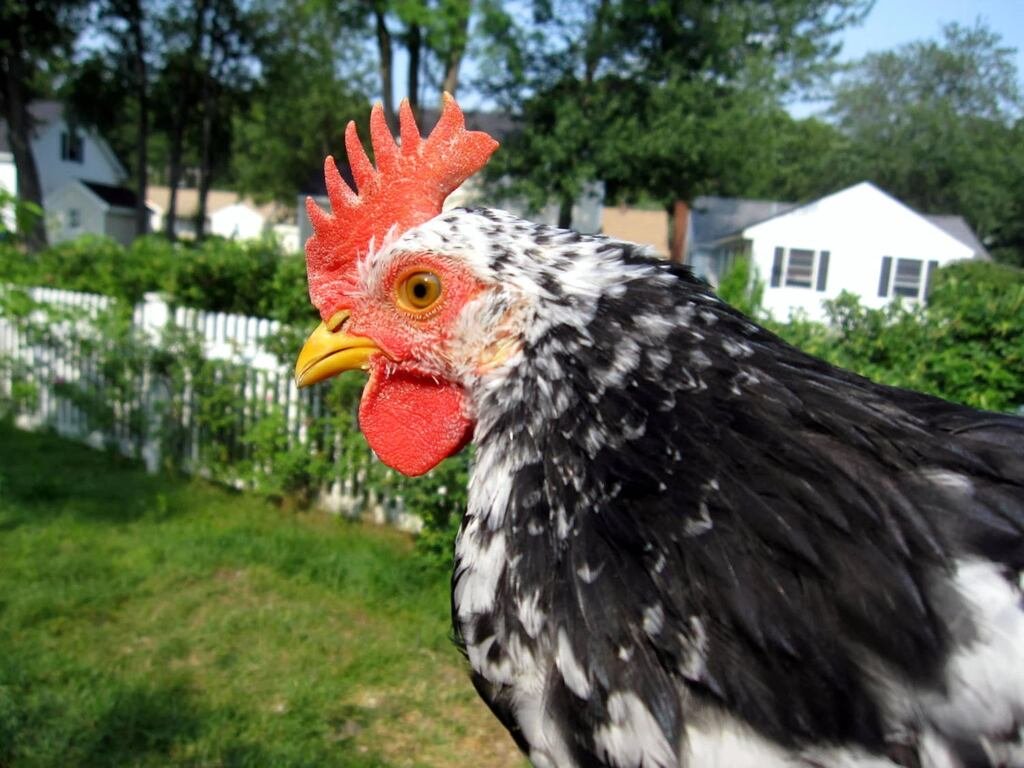
Originating in Italy, Anconas are known for their striking black and white mottled plumage and excellent egg production. They are hardy, active foragers, and well-suited for homestead environments.
13. Marans
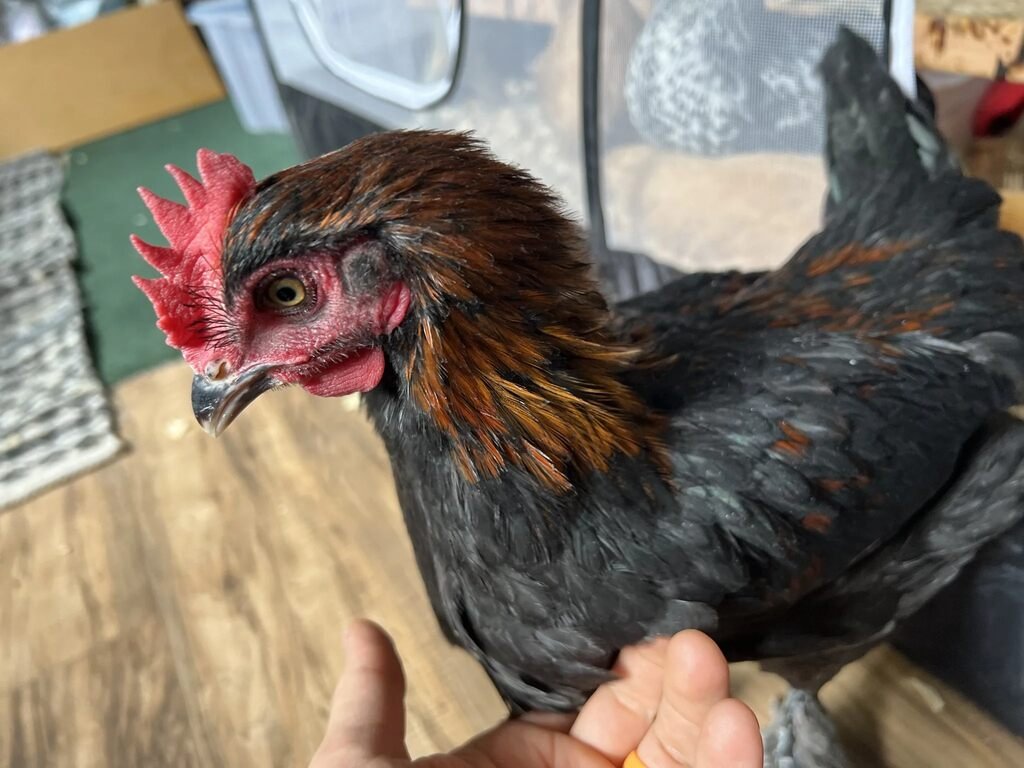
Developed in France, Maran chickens are prized for their deep, rich, chocolate-colored eggs. They are docile, hardy birds that make excellent egg layers and meat producers for homesteaders.
14. Chantecler
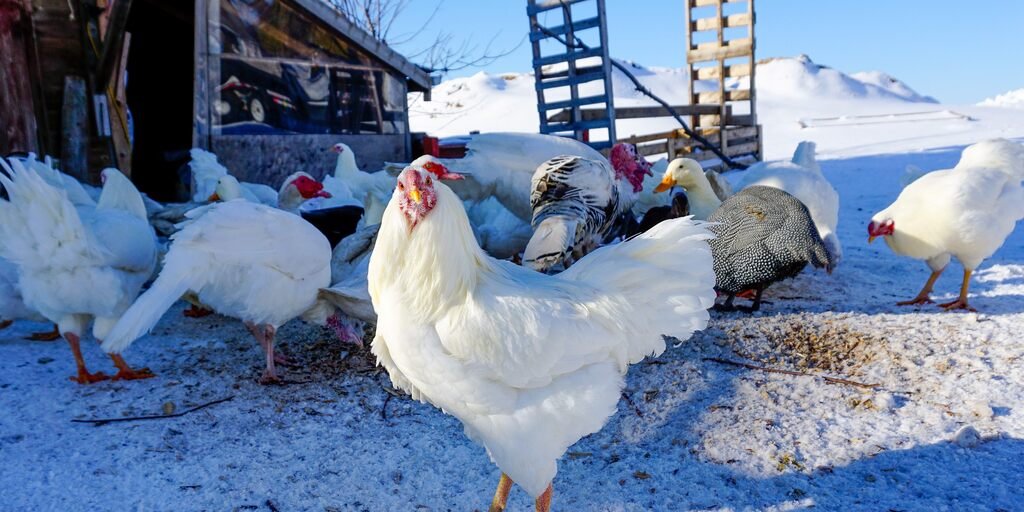
Developed in Canada in the early 20th century, Chanteclers are hardy, versatile birds known for their distinctive plumage and good egg production. They are adaptable to various climates and make excellent foragers on the homestead.
15. Dorking

Originating in England, Dorkings are among the oldest chicken breeds, known for their distinct fifth toe and excellent meat quality. They are docile, hardy, and make good egg layers for homesteaders.
16. Faverolle

Developed in France, Faverolles are known for their unique feathering, including muffs, beards, and feathered legs. They are docile, excellent mothers, and produce a good quantity of medium-sized eggs.
17. Maline
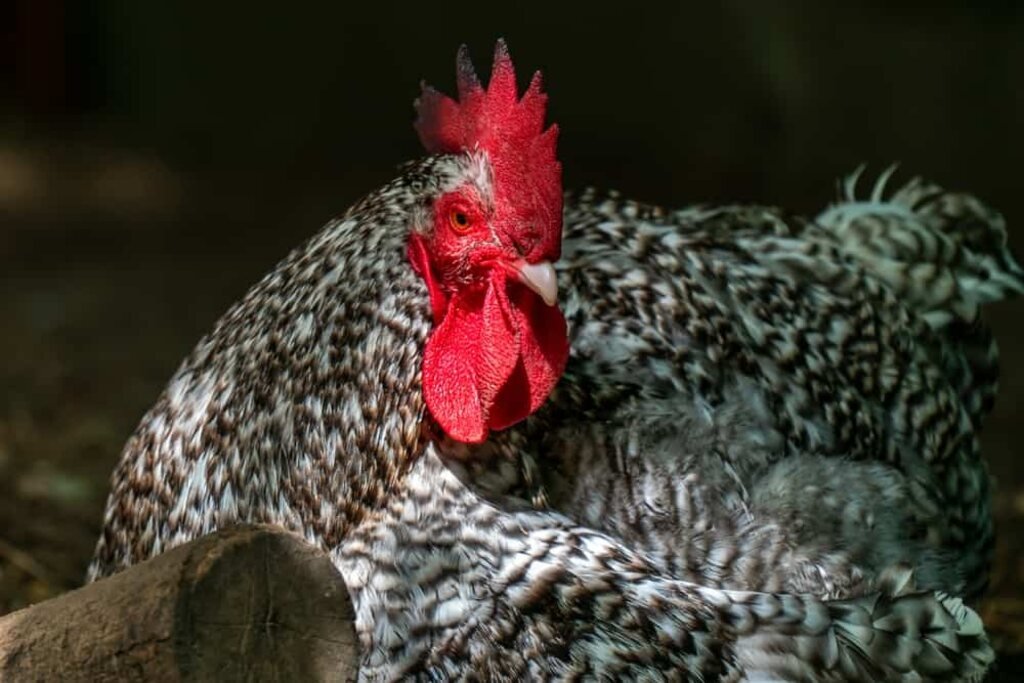
Originating in Belgium, Malines are known for their unique plumage pattern and distinct crest. They are hardy, adaptable birds that make good egg layers and foragers for homesteads.
18. Nankin
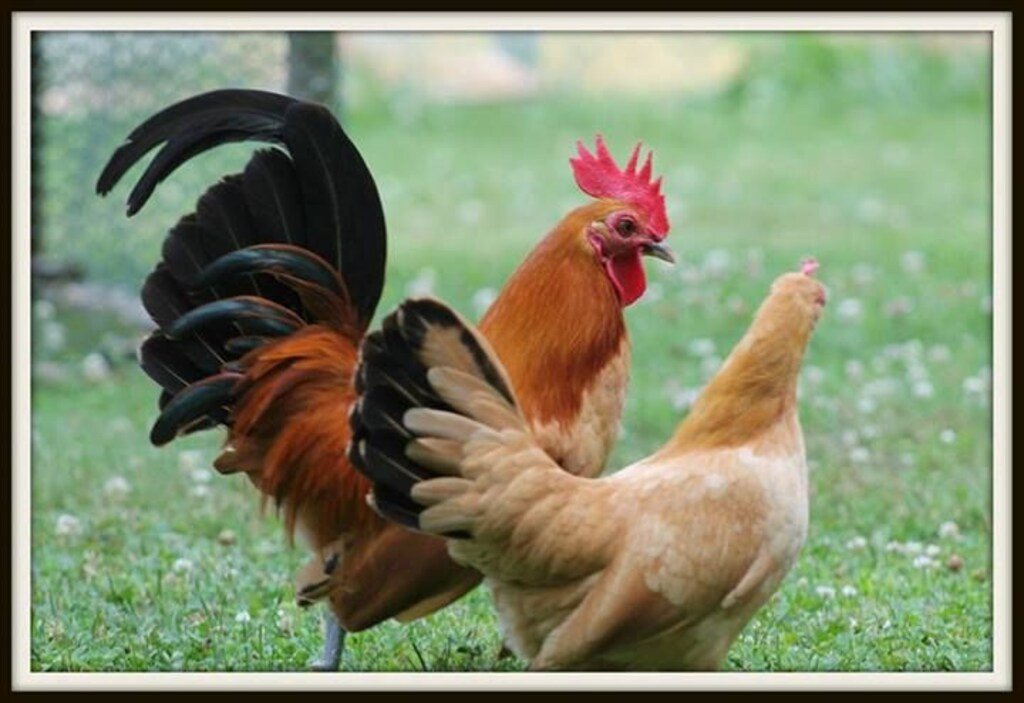
Originating in the Netherlands, Nankins are unique bantam birds known for their distinctive plumage pattern and good egg production for their size. They are hardy, active foragers, and make unique additions to homestead flocks.
19. New Hampshire
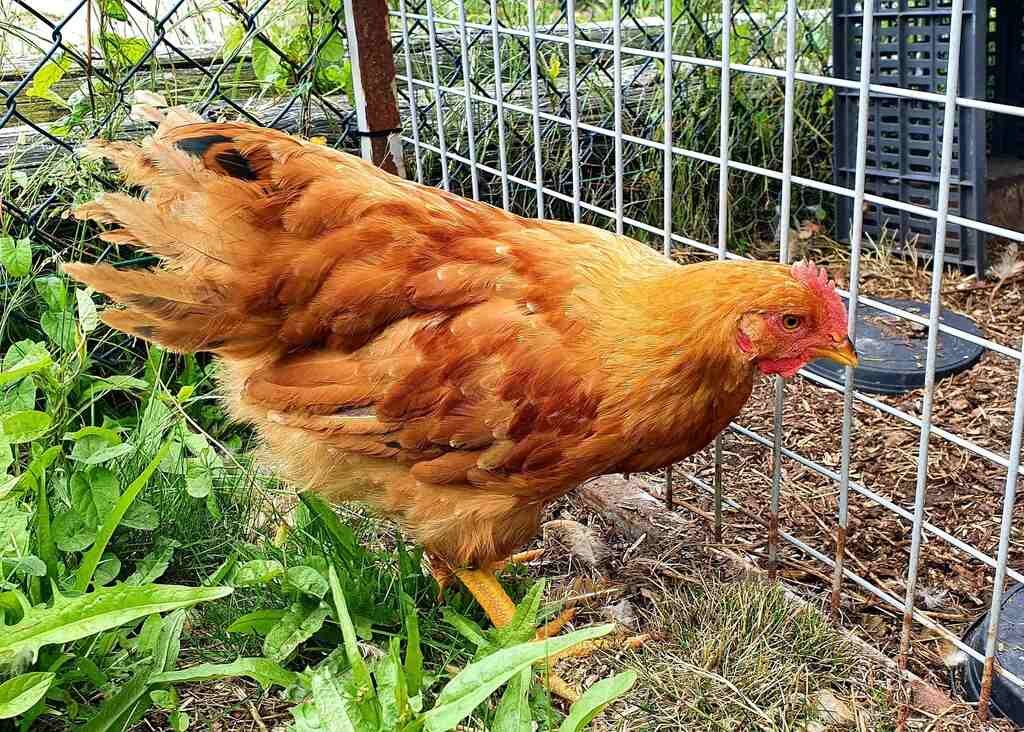
Developed in the early 20th century, New Hampshires are hardy, dual-purpose birds known for their excellent egg production and meat quality. They are adaptable to various climates and make good foragers on the homestead.
Learn more about heritage chickens from the following video!
FAQs
Get more facts about heritage chicken in the following Q&A section!
Q. Do heritage chickens require special care?
Generally, heritage chickens are fairly hardy, but some breeds may need more space to roam or protection from the elements depending on their size and feathering.
Q. Are heritage chickens healthier?
Heritage chickens are considered “healthier” in the sense of being raised naturally without antibiotics or growth hormones. It’s what is common in commercial farming.
Q. Do heritage chickens lay more eggs than commercial breeds?
Egg production varies by breed. Some heritage breeds have excellent layers (like Anconas), while others lay fewer eggs (like Buff Brahmas).
Q. How does the taste of heritage chicken eggs differ from commercial eggs?
Heritage chicken eggs often have a richer, deeper flavor and darker yolks compared to commercially produced eggs.
Q. What is the difference between heirloom and heritage chickens?
Both terms refer to chickens of old, pre-industrial breeds. “Heirloom” is often used for plants, while “heritage” is more common for livestock breeds like chickens.
Bottom Line
Raising heritage chickens brings a sense of pride and sustainability to your homestead. These historic breeds offer more than just eggs and meat! They also represent a connection to our agricultural roots and a commitment to preserving biodiversity.
Whether you’re drawn to the classic Rhode Island Reds, the gentle Orpingtons, or the distinctive Welsummers, each heritage chicken adds charm! By choosing heritage chickens, homesteaders support the preservation of these valuable breeds for future generations to enjoy.



